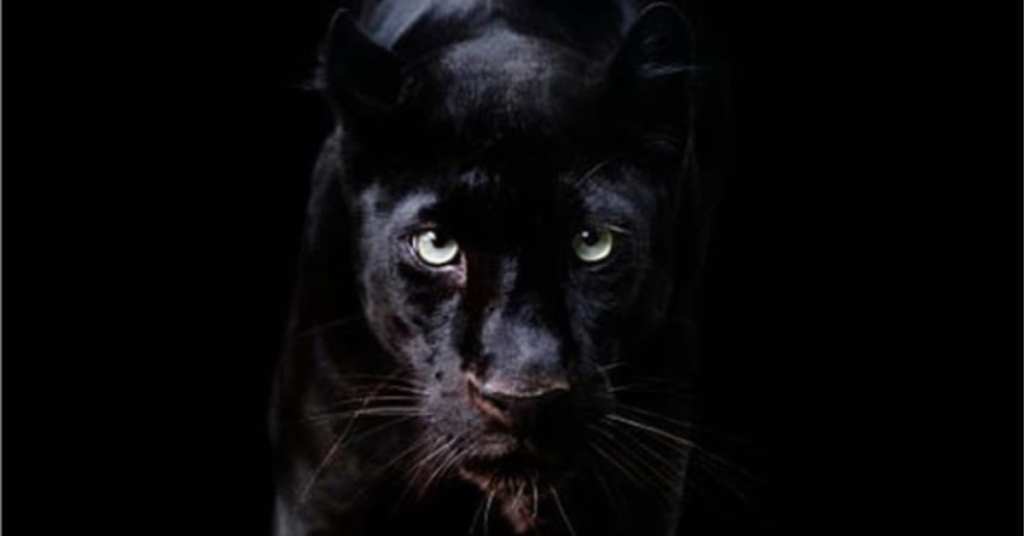In a world where animals, plants, and insects are disappearing every single day, never to be seen in this particular timeline again, it can be heartening to hear of a species thought gone that comes waltzing back onto the scene.
Also, I don’t know about you, but between the recent film and their namesake’s badass history of resistance, black panthers just have a special place in my heart.
Quick note: black panthers are actually just uniquely colored leopards and jaguars (depending on the continent); they have a genetic mutation that gives them high levels of melanin. If you look closely at their coats, you can still see their spots. Usually, a leopard or jaguar is just called a leopard or jaguar unless it is melanistic, in which case it is referred to colloquially as a black panther. To make things more confusing, people sometimes refer to cougars/mountain lions/pumas (all the same species) as panthers, although they are not black.
Back to the story…
Sri Lankans thought they had mourned the death of the last wild black panther a few years back when one was discovered dead in a trap, but now their Department of Wildlife Conservation says they’ve spotted more than one in the forests of Adam’s Peak.
https://www.instagram.com/p/B7iZYr3pPzc/
Sri Lanka’s Department of Wildlife Conservations set up a number of cameras in the area after repeated sightings were reported by local villagers. They say the cameras captured not one, but four unique animals – a female, a male, and two cubs.
It’s great news for the panthers, and, if you ask me, for humanity, too.
The footage was originally recorded months ago, but the Sri Lankan government wanted to confirm its findings before making the official announcement.
https://www.instagram.com/p/B7iAg0OJWvY/
Only around 11% of leopards have the melanistic mutation that makes them look black, and scientists think their darker coats give them hunting advantages in shady forests. Black panthers are typically found in dense, tropical lands across Asia and Africa, while their spotted relatives tend to find more success in the shrub-lands.
The research was led by Dr. Malaka Abeywrdene and Dr. Manoj Akalanka, and spokesperson Hasini Sarachchandra gave an interview about the discovery to the local Daily Mirror:
“The Sri Lankan Black Leopard is believed to have gained its unique characteristics due to a colour mutation. Out of eight species of panthers living in the world, the sub-species, Sri Lankan Leopard is extraordinary due to its very limited population.”
https://www.instagram.com/p/B1XruqOlDe6/
The conservationists are asking for the public’s financial help to contribute to the preservation of “an important gift given by mother nature.”
They’re definitely cool, and, as I love cats, I truly am thrilled that this beauties are still around.






